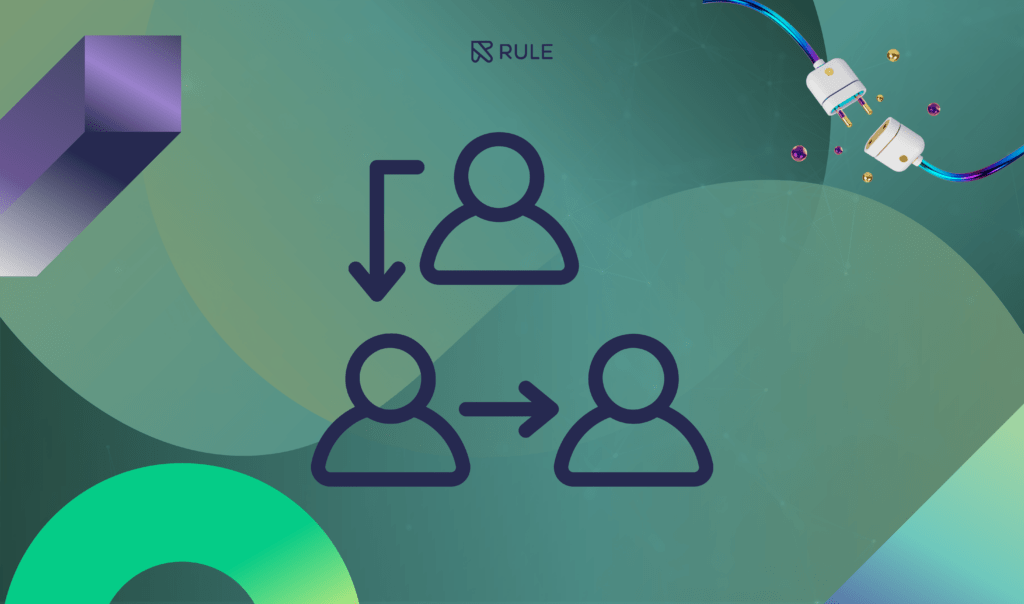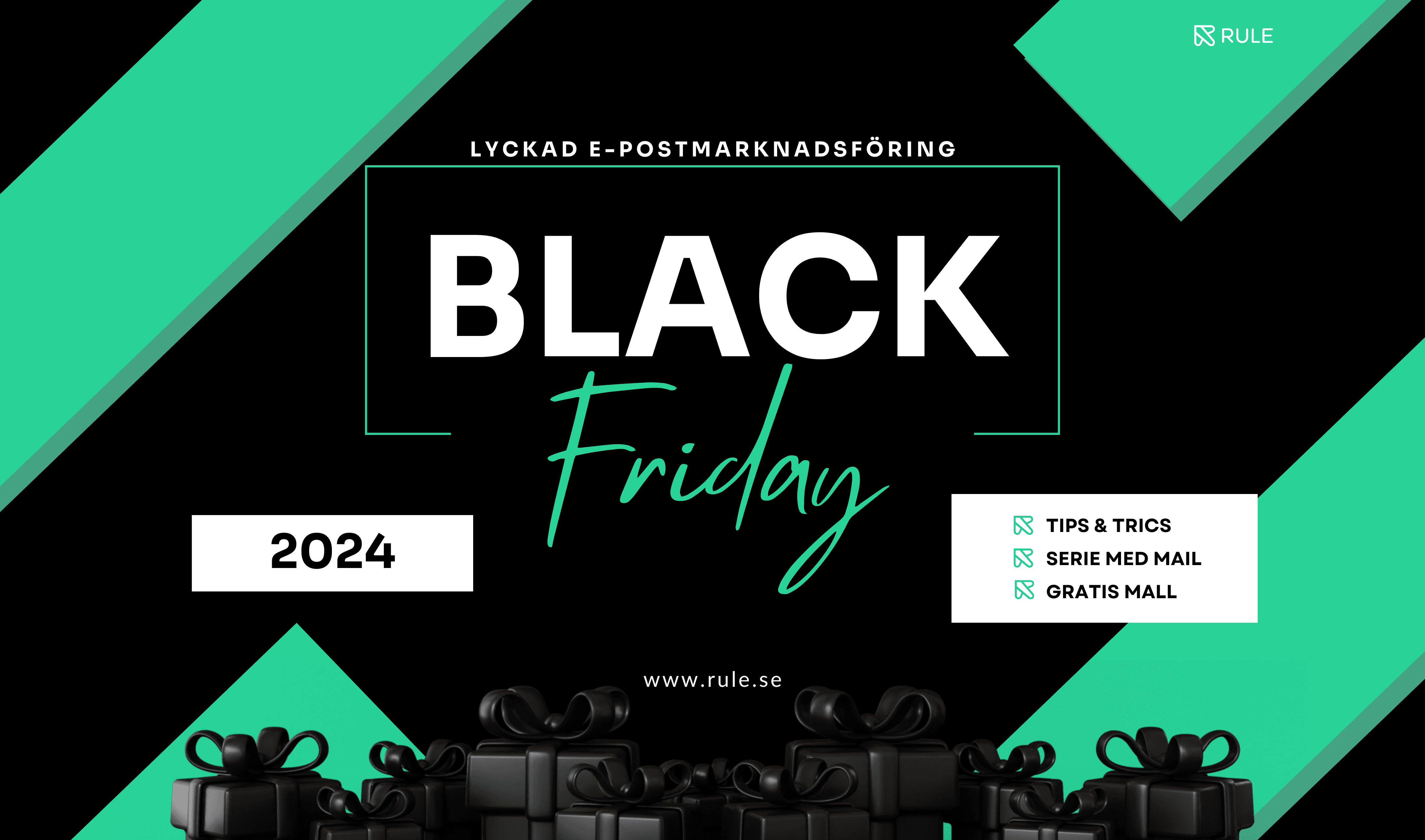The latest news to shake up the industry is Chrome’s update to limit the use of third-party cookies. What does this mean? Indeed, this change makes it a perfect time to reflect on a fundamental principle: the importance of collecting first-party data. Because as third-party cookies may be heading for their inexorable decline, it’s first-party data that will lead the way forward for those looking to build a sustainable and customer-focused marketing strategy. We’ll tell you why, stay tuned!
What are third-party cookies?
A third-party cookie is a type of cookie created by a domain that distinguishes from the website the user is visiting. When a user visits a particular website (first party), other companies (third party) may place their own cookies on that user’s device. These cookies are mostly used for tracking and data collection purposes across different websites. Third-party cookies allow advertisers to collect information about user behavior and interests, which is then used for targeted advertising and the creation of user profiles.
A concrete example could be a hotel booking company that uses third-party cookies to track users’ behavior on different travel websites, enabling tailored offers and packages based on users’ previous searches and bookings.
What is going to happen?
Withdrawal of third party cookies:
Google plans to phase out third-party cookies in its Chrome browser. Google’s action is part of a broader industry-wide shift towards improved user privacy and data protection. With this phase-out, users have more control over their data and are no longer tracked across websites. Of course, this will also be different for users, as companies will find it more difficult to target them with personalized ads. Below we will go through how what measures Google will take, and also what you as a company can start with now to continue to provide your customers and prospects with relevant communication:
Introduction of privacy-friendly options:
To replace third-party cookies, Google is developing Google Privacy Sandbox, a set of privacy-focused technologies designed to enable personalized advertising without compromising the user’s privacy.
These initiatives are still under development, and there may be changes in the future. Therefore, follow industry developments and updates from Google for the latest details on how the Privacy Sandbox will impact the digital advertising landscape.

What will happen next?
Recently, Google says that the first step in the phase-out is that it will introduce “Tracking Protection” in January. This means that a small proportion of Chorme’s users will be randomly selected to make the choice to surf privately in January. And thus these users will be able to browse without third party cookies. This means you need to start reviewing how you use your data now, more on that later in the post.
What does this mean for marketers?
Since the use of third party cookies and cross-channel tracking are limited, it has led marketers and advertisers to look for alternative ways to collect data and target ads to relevant audiences.
This in turn requires companies to find technologies to compensate for the limitations of third-party cookies. Such techniques could include the use of first-party data, GDPR-compliant practices, and business-to-business partnerships where you will be able to buy ads from big players to advertise on their platforms. It is a new phenomenon also known as Retail Media Networks.
For us, this is of course extra fun to tell you, as Rule is a platform that is completely adapted to work with first-party data, but you probably already knew that *blink.*. Below we will tell you a bit about first-party data and give examples of how you can collect it.
What is first-party data?
First-party data, often defined as the data collected by and owned by the business itself (you as a company), has long been considered a goldmine for marketers. It is the most authentic and reliable form of data, providing insights directly from customers themselves. So you have full control over what data you can access, how you collect it and how you choose to use it. With the increasing concerns surrounding the issue of data privacy and use, first-party data becomes even more valuable and reliable when the customer has given you their consent to handle their data. Not convinced yet? Here are some more reasons why it is so important:
- With first-party data, businesses can be sure that they have access to genuine and authentic information directly from their own customers. This eliminates the risk of relying on third-party sources that may be unreliable or inaccurate.
- First-party data enables a deeper understanding of customer needs, preferences and behaviors. By collecting this data, businesses can customize their campaigns and offers to create a more meaningful and personalized customer experience.
- With first-party data, you can analyze user behavior and preferences on your own website and create more accurate and customized user profiles.

First-party data and GDPR in harmony
First party data and GDPR are closely related in the context of privacy and data protection.
The General Data Protection Regulation (GDPR) is an important part of this ecosystem and regulates the collection and use of personal data. First-party data can be used provided that companies comply with GDPR regulations, including informing users about how their data is used and respecting their data protection rights. If you want to read more about how Rule works with GDPR, you can do so here.
First-party data, on the other hand, refers to data collected directly from users of a website or platform. This may include information such as the user has voluntarily sharedsuch as name, email address and preferences, as well as data collected through the user’s interactions on the website, such as clicks, purchases or views.
So, under the GDPR, first party data is valuable, as it is the type of data that can be collected and processed provided certain requirements are met. These requirements include informing users about how their data is collected and used, ensuring that data is only used for the purpose informed, and respecting users’ rights under the GDPR, such as the right to access their data and the right to be forgotten.
Example of how to collect first party data with customer consent
Using Rule as a communication platform is the best way to collect and manage your data. However, to collect data, we usually recommend the following:
- Competitions and discount codes: You can organize contests that encourage your followers to sign up for your newsletter, for example, and give their consent.
- User surveys and feedback: Another hot tip is to conduct surveys, feedback forms and user research, this way you can collect first-hand data on users’ preferences, opinions and views about your product, service or website.
- Cookies and tracking technologies: Use first-party cookies and collect data on user behavior on your own website. It may include information on login, language preferences, shopping cart, content and other activities specific to the user’s interaction with your website.

What can you do with Rule:
- Tailored experiences and accurate communication: With access to first-party data, you get a more transparent view of your customers, their preferences, and thus can do an even more granular segmentation. To then be able to personalize and send tailored messages to each individual customer!
- Minimize the impact of cookie restrictions: When you have a large amount of first-party data, you can compensate for some lost tracking information that may have come from third-party cookies. This way, you can continue to make informed decisions in your communication.
- Automate your marketing and build strong customer relationships: Use first-party data and rules Marketing Automation tools to automate your communications, such as welcome messages, abandoned cart reminders, birthday messages, and much more.
- Rule allows you to collect and manage all your data. and use it to build customer loyalty and expand the customer club. For example, you can use the data to send strategic information to winback–communication orback in stock mail when a product is back in stock. The possibilities with Rule are endless as long as you have the right data.
- Using tailored audiences: Use the data you collect and engage your customers in more channels such as Google and Facebook. This is easily done through our connections to Google, Facebook Audience and TikTok.
The journey begins with Rule
In the ever-changing digital landscape, it’s important to stay ahead of the curve and how do you do that? Yes with Rule. Unlike many of our competitors, with Rule you are not limited to only order data or personal data, but with Rule you can save unlimited data and data points for free! Which means you can customize your communication on a completely different level… In other words, the possibilities with Rule are endless – as long as you have the right data. As we usually say, only sky is the limit!
Haven’t you started using Rule yet? Then do it today, set up a free account. here!







